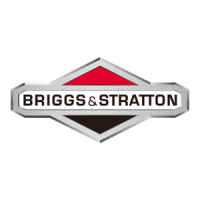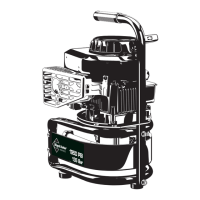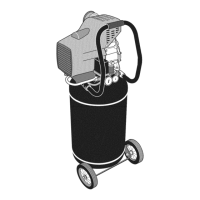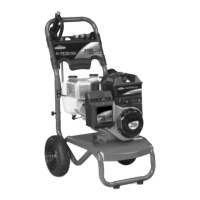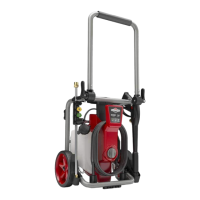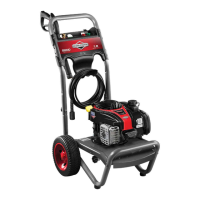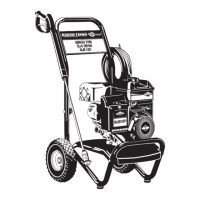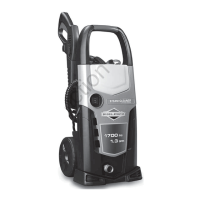4 www.brutepower.com
Operator Safety
Equipment Description
Read this manual carefully and become
familiar with your pressure washer. Know
its applications, its limitations, and any
hazards involved.
This pressure washer operates at a max of 3,100 PSI
and a ow rate of up to 2.8 gallons per minute. This
high quality residential system features 10” wheels,
axial cam pump with stainless steel pistons, automatic
cool down system, cleaning tank system, quick
connect spray tips, heavy duty 40’ hose, and more.
Every eort has been made to ensure that information
in this manual is accurate and current. However, we
reserve the right to change, alter, or otherwise improve
the product and this document at any time without prior
notice.
The Emission Control System for this pressure washer
is warranted for standards set by the Environmental
Protection Agency and the California Air Resources
Board.
Important Safety Information
Safety Symbols and Meanings
The safety alert symbol indicates a potential
personal injury hazard. A signal word (DANGER,
WARNING, or CAUTION) is used with the alert
symbol to designate a degree or level of hazard
seriousness. A safety symbol may be used to
represent the type of hazard. The signal word
NOTICE is used to address practices not related to
personal injury.
DANGER indicates a hazard which, if not avoided,
will result in death or serious injury.
WARNING indicates a hazard which, if not
avoided, could result in death or serious injury.
CAUTION indicates a hazard which, if not
avoided, could result in minor or moderate injury.
NOTICE address practices not related to personal
injury.
Fire
Explosion
Toxic Fumes
Hot Surface
Moving Parts
Electrical Shock
Slippery Surface
Fall
Kickback
Flying Objects
Fluid Injection
Operator’s Manual
Chemical Burn
Projectile
WARNING POISONOUS GAS HAZARD.
Engine exhaust contains carbon monoxide,
a poisonous gas that could kill you in
minutes. You CANNOT smell it, see it, or
taste it. Even if you do not smell exhaust
fumes, you could still be exposed to carbon
monoxide gas.
Some chemicals or detergents could be harmful if
inhaled or ingested, resulting in death, serious
injury, nausea, fainting or poisoning.
• Operate this product ONLY outside far away from
windows, doors and vents to reduce the risk of carbon
monoxide gas from accumulating and potentially being
drawn towards occupied spaces.
• Install battery-operated carbon monoxide alarms or
plug-in carbon monoxide alarms with battery back-up
according to the manufacturer’s instructions. Smoke
alarms cannot detect carbon monoxide gas.
• DO NOT run this product inside homes, garages,
basements, crawlspaces, sheds, or other partially-
enclosed spaces even if using fans or opening doors
and windows for ventilation. Carbon monoxide can
quickly build up in these spaces and can linger for hours,
even after this product has shut o.
• ALWAYS place this product downwind and point the
engine exhaust away from occupied spaces.
If you start to feel sick, dizzy, or weak while using this
product, shut it o and get to fresh air RIGHT AWAY. See
a doctor. You may have carbon monoxide poisoning.
• Use a respirator or mask whenever there is a chance that
vapors may be inhaled when using chemicals.
• Read all instructions with mask so you are certain the
mask will provide the necessary protection against
inhaling harmful vapors when using chemicals.
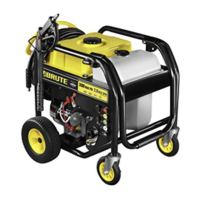
